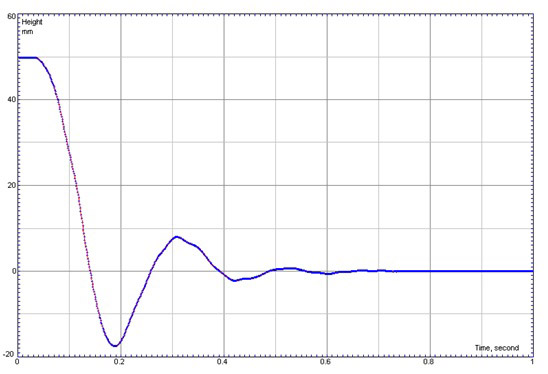Car Seats, Seat Belts
This program provides machine control for cyclic tests designed to measure changes in dynamic characteristics of a car seat, during an endurance test. A block consists of several stages; each stage can be set at different vibration bed amplitude or acceleration ‘G force’, frequency and number of cycles. The peak and trough of control channel as well as peak and trough of other transducers are plotted in real time providing an early assessment of possible ageing or damage. During the test the vibration amplitude is adjusted in small increments until the desired acceleration is achieved. Trips can be set on any number of channels. At a user-selected interval, the vibration is stopped; the location of the buttock pan is recorded.
Another test on a car seat is the frequency sweep. The user sets lower and upper frequencies, the vibration amplitude, and number of cycles and time interval at each frequency. The resulting amplitude ratio (sample displacement / table displacement) versus frequency plot can be used to establish at where the resonance occurs. The natural frequency, ƒn, and the peak ratio at that frequency, pr, are calculated.
During a log damping test, the buttock pan is raised above the seat at a height depending on the type of seat, then is released onto the seat surface. The displacement vs. time plot, a dampened oscillation provides some performance parameters.


